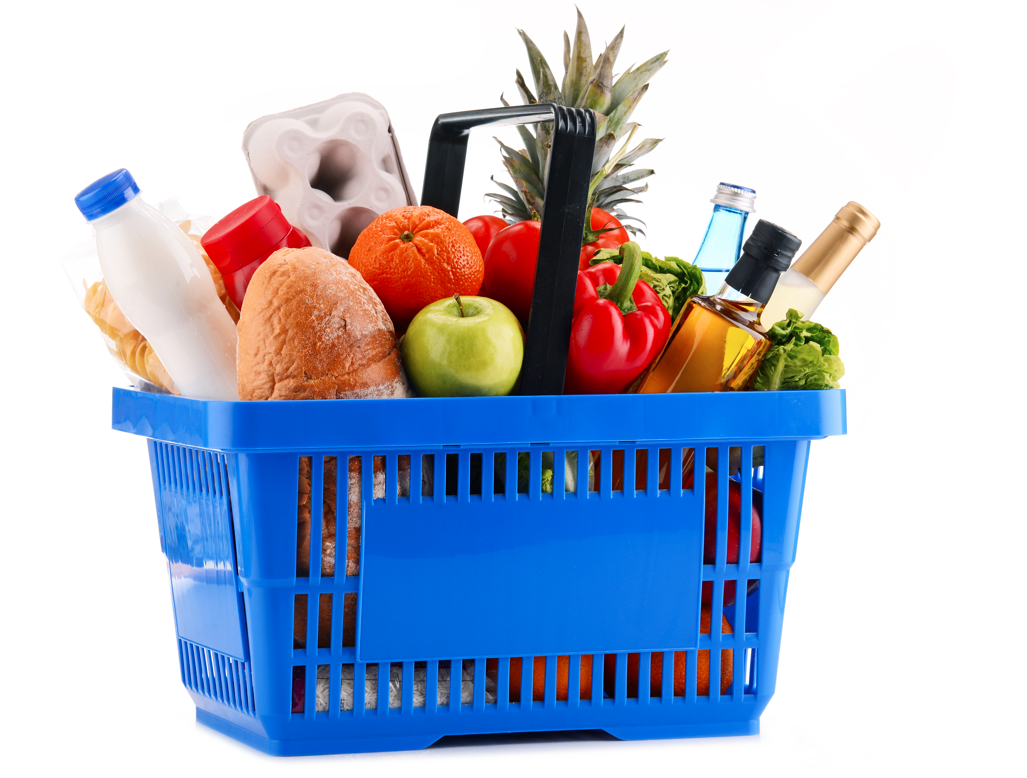NI’s grocery sector declines in past year – but is still 8.7% larger than pre-Covid

Northern’s Irish grocery market declined by 2.6% in the 52 weeks to 28 November 2021, but is still 8.7% larger than it was prior to the pandemic, according to Kantar.
The latest figures from Kantar show that people have been shopping less and spending more time at restaurants and pubs, with supermarket trips down 2.9% compared with last year.
“However, it’s worth stating that the grocery market is still 8.7% larger than it was prior to the pandemic two years ago,” said retail analyst Emer Healy.
“The slowdown is brought into sharper focus by the latest 12-week data, which shows a total market decline of 8.7% compared with the same period last year.
“Baskets are 5.9% smaller than in the same period last year and the number of trips has fallen by 6.0%.”
Alcohol sales are a good example of how periods with more relaxed Coronavirus restrictions have impacted the grocery sector, she said.
“Over the past 12 months, take home alcohol purchases have fallen by 6.1% compared with 2020 as people enjoyed going out and spending time with family and friends at restaurants, pubs and clubs again when lockdowns were eased. That change in behaviour has meant they spent less on drinks to have at home.
“Tesco has retained its spot as the largest grocer, with a 35.6% market share. Its sales nudged down by just 1.7% over the past 52 weeks, slower than the overall market. Meanwhile, Lidl posted another set of strong growth numbers, boosting sales by 6.8%.
“Sainsbury’s maintained its 17.0% market share this period. However, as is the case across the sector, basket sizes were considerably smaller which led to a decline of 2.5%. Asda’s numbers tell a similar tale with a 6.9% decline in items purchased, contributing to an overall sales fall of 2.1%, though not affecting its market share which remained at 16.0%.”








